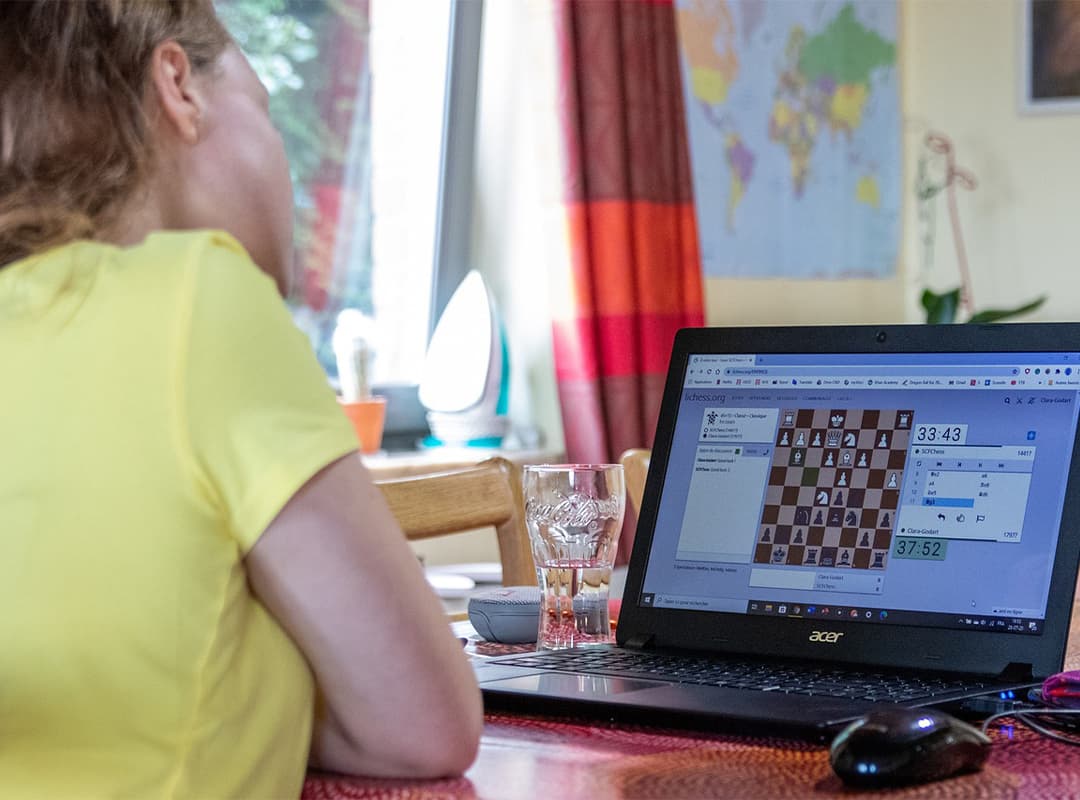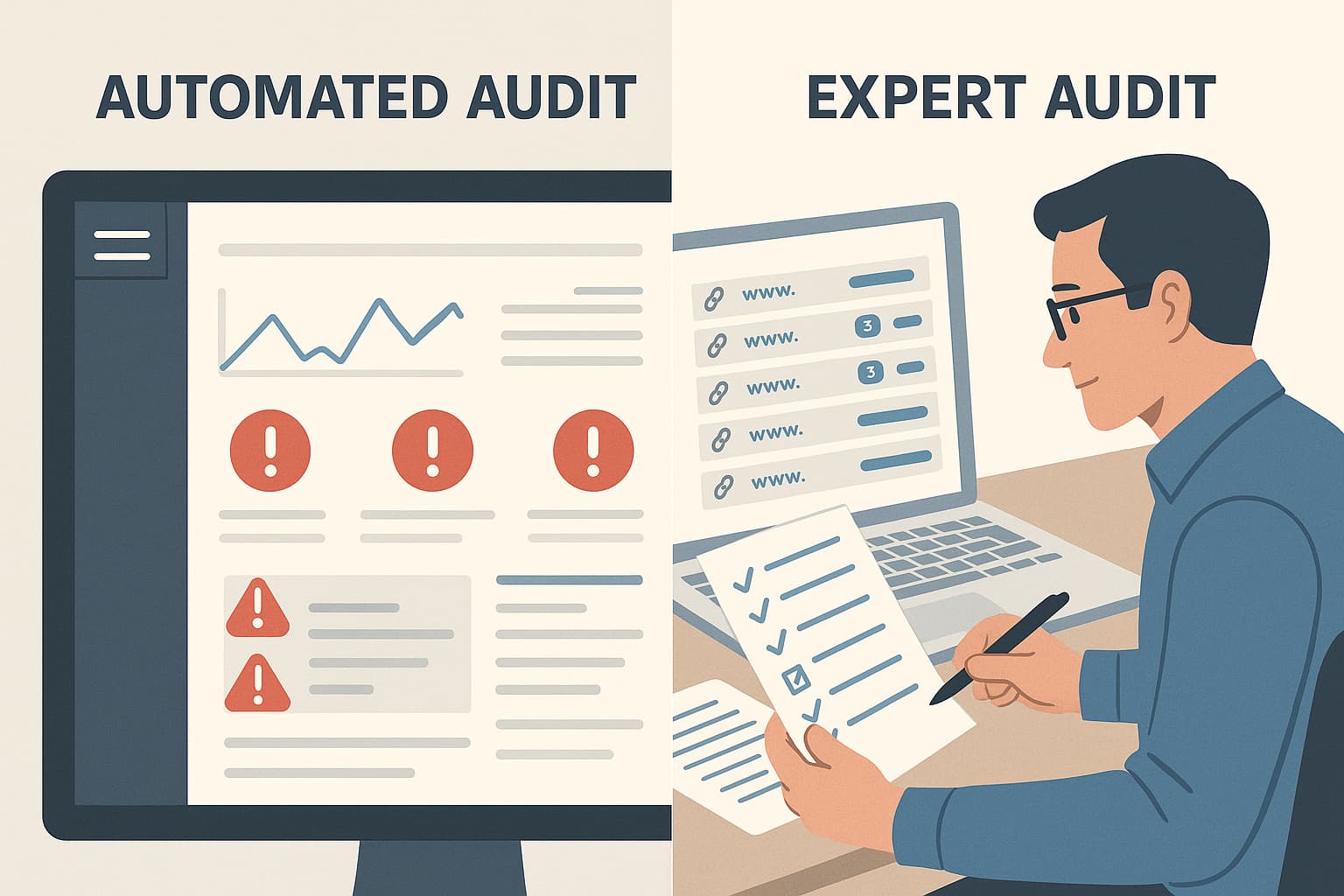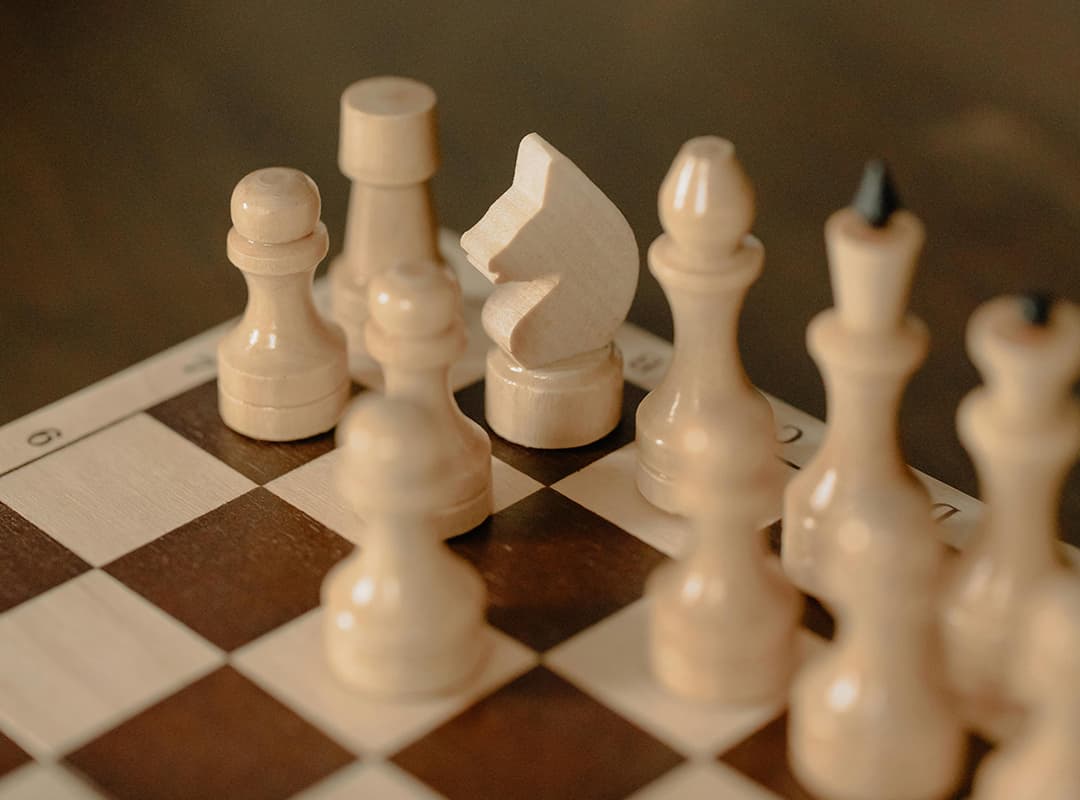One of the key skills in chess is the ability to anticipate your opponent’s moves. This skill helps you defend against attacks, take advantage of mistakes, and stay one step ahead in every position. Developing this skill requires practice and a logical approach to analyzing the board. In this guide, we’ll cover essential strategies for predicting your opponent’s moves and building your logical thinking, with tools like a chess move calculator to aid your practice.
1. Assess Your Opponent’s Threats
Before making any move, ask yourself: what does my opponent want to do? Evaluating your opponent’s intentions is the first step in predicting their next moves.
How to Approach It:
- Identify Immediate Threats: Check if any of your pieces are under attack. If so, think about how to defend or counter that threat effectively.
- Look for Tactical Opportunities: Consider whether your opponent might be setting up tactics like forks, pins, or skewers.
- Watch for Strategic Patterns: Sometimes, your opponent may not have a direct threat but could be working toward a strategic goal, like controlling the center or advancing on your king.
By consistently assessing threats, you’ll become adept at predicting moves that put you in a better position to counter your opponent’s plans.
2. Evaluate Key Squares and Pieces
In each position, certain squares and pieces play a crucial role. By understanding which areas of the board your opponent is focused on, you can better predict their strategy.
How to Approach It:
- Observe Central Squares: Central control is vital in chess, so your opponent may be trying to strengthen their hold on squares like d4, e4, d5, and e5.
- Identify Key Pieces: Pieces like the queen, rooks, and bishops are often the most active attackers. Watch where these pieces are positioned and consider how they might be used in the next move.
- Notice Weaknesses: Look for weak squares in your position or your opponent’s position. These are often targets for strategic moves, and your opponent may aim to exploit them.
For practice, use a chess move calculator to analyze positions with important key squares. It can help you visualize how the control of specific areas impacts the overall strategy.
3. Consider the Opening and Game Plan
Understanding typical opening strategies can give you insight into your opponent’s next moves. Each opening has standard plans that players follow, so familiarizing yourself with them can make it easier to predict likely moves.
How to Approach It:
- Study Common Openings: Learn the basic principles of popular openings like the Ruy López, Sicilian Defense, and Queen’s Gambit. Each opening has standard sequences, and players often follow similar patterns.
- Recognize Opening Goals: Every opening aims to control the center, develop pieces, and ensure king safety. Knowing these goals will help you anticipate where your opponent’s pieces are likely to move.
- Observe Deviations: If your opponent makes an unusual move, think about why they might be deviating from standard play. Sometimes, it’s a mistake, and other times, it’s a trap.
With experience, you’ll be able to predict moves during the opening phase confidently and identify when your opponent is setting up for a specific middlegame strategy.
4. Think in Terms of Logical Sequences
Chess is a game of sequences, where each move has a reason and is part of a broader plan. Developing logical thinking in chess means thinking ahead in sequences and evaluating multiple moves as a chain of possibilities.
How to Approach It:
- Visualize Move Chains: For example, if you move a knight, what will your opponent do next? How will you respond? Practice visualizing two or three moves ahead.
- Analyze Responses: For each move you consider, think about how your opponent might respond and how that impacts your position.
- Use “What If” Scenarios: Think about different responses to your move and how they could change the game. Practicing with a chess move calculator can be beneficial here, as it allows you to test multiple sequences to see potential outcomes.
Thinking in logical sequences improves your ability to see the consequences of your moves and predict your opponent’s responses more accurately.
5. Practice Pattern Recognition
Chess is filled with common patterns—positions, tactics, and structures that appear repeatedly across games. By learning to recognize these patterns, you can predict your opponent’s moves more effectively.
How to Approach It:
- Study Tactics Patterns: Forks, pins, skewers, and discovered attacks are all patterns that you should recognize instantly.
- Practice with Puzzles: Solving tactical puzzles helps reinforce pattern recognition. These puzzles often feature common setups, helping you develop the habit of spotting patterns.
- Review Your Games for Patterns: After each game, look for any patterns that emerged, whether in your moves or your opponent’s. Recognizing these patterns can make them easier to spot in future games.
Pattern recognition is especially helpful for quick decision-making, as familiar setups allow you to make predictions almost automatically.
6. Use Tools Like a Chess Move Calculator
Using digital tools to assist in move calculations can deepen your understanding of move sequences and tactics. A chess move calculator helps you visualize potential moves and understand their consequences in complex positions.
How to Use It:
- Test Different Moves: Try various moves and observe the responses to each. This can help you see a range of possibilities and spot common mistakes.
- Analyze Threats and Responses: Use the tool to practice predicting your opponent’s most likely responses to specific moves.
- Review Blunders and Mistakes: A chess move calculator often highlights errors in your thinking, allowing you to recognize moves that weaken your position.
Using a chess move calculator after a game is especially helpful, as it can help you evaluate alternate moves and understand why certain moves work better than others.
7. Pay Attention to Your Opponent’s Play Style
Different players have unique styles. Some may play aggressively, while others focus on positional play or defense. By identifying your opponent’s tendencies, you can better anticipate their moves.
How to Approach It:
- Recognize Aggressive Play: Aggressive players are more likely to push their pawns, sacrifice pieces, or initiate attacks. If your opponent has a bold approach, watch out for sudden tactics.
- Notice Defensive Strategies: Defensive players tend to reinforce their position and avoid exchanges. If your opponent plays defensively, they may focus on fortifying their pieces and controlling key squares.
- Adjust Your Predictions: As you recognize patterns in your opponent’s moves, adjust your predictions based on their tendencies.
Understanding your opponent’s style helps you prepare for certain types of moves, making it easier to anticipate their actions.
Predicting your opponent’s moves in chess is a skill that develops with practice, logic, and a keen eye for patterns. By assessing threats, evaluating key squares, thinking in logical sequences, and using tools like a chess move calculator, you can improve your ability to foresee moves and respond more effectively. This skill is crucial for advancing your game and preparing for the complexities of real competition. The more you practice, the better you’ll get at reading the board and staying one step ahead of your opponent. Happy playing!



